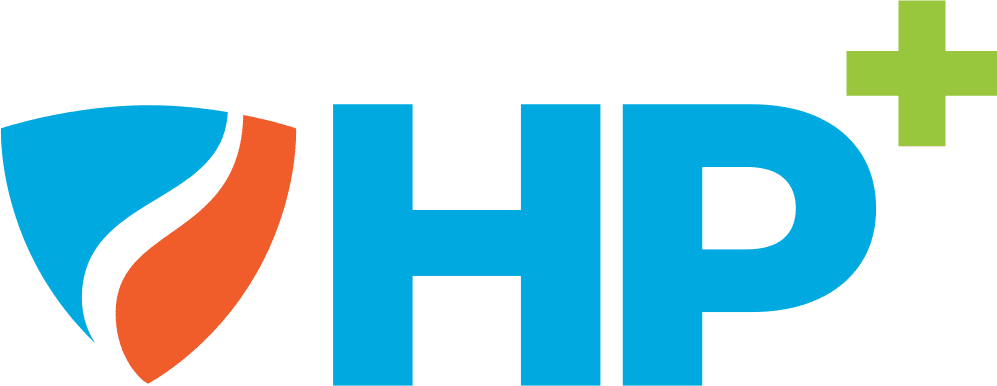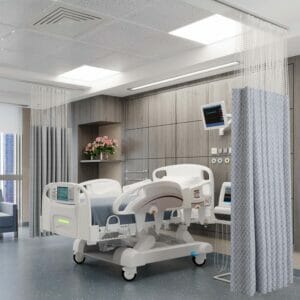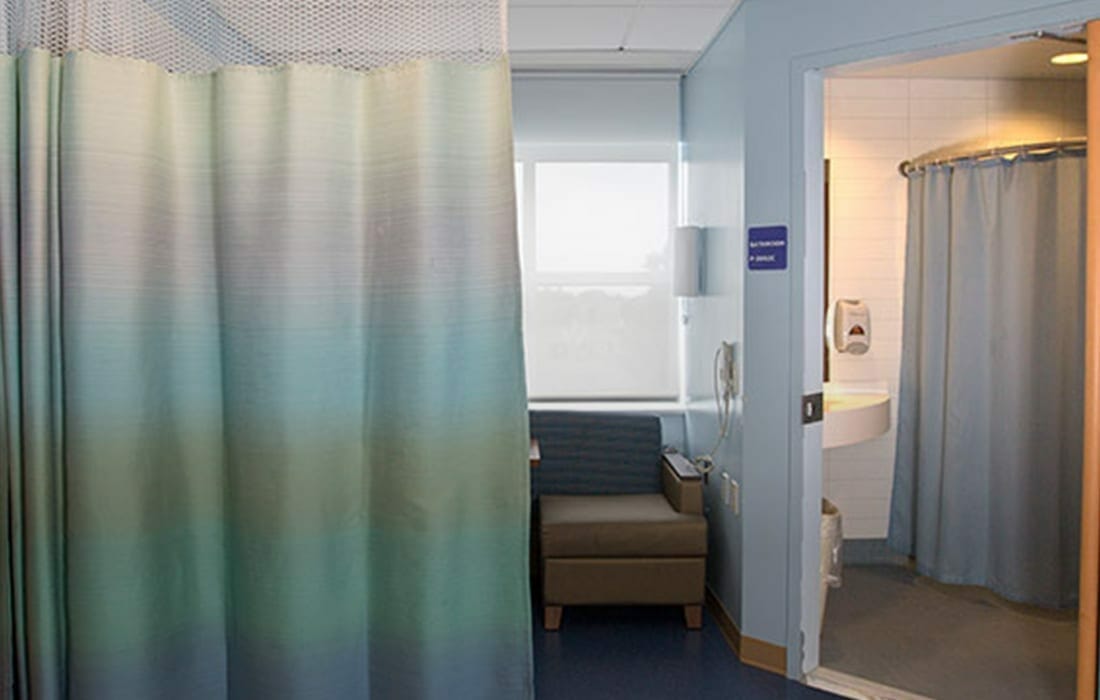In healthcare facilities, privacy curtains are often treated as simple fixtures—functional necessities that rarely get much thought beyond installation. But in reality, how these curtains are managed has major implications for operational efficiency, infection control, compliance, and budgeting. The decision between owning privacy curtains versus opting for a rental program isn’t just a matter of preference. It’s a critical choice that impacts your bottom line and your ability to maintain a safe environment.
At first glance, purchasing privacy curtains might seem more economical. However, beneath that initial investment lie numerous hidden costs—many of which aren’t apparent until they begin draining resources. In contrast, privacy curtain rental services offer a streamlined, compliant, and cost-effective alternative that more and more healthcare facilities are adopting.
In this blog, we’ll explore the true costs of curtain ownership, compare them to the advantages of rental programs, and show you how modern healthcare providers can save time, money, and stress by shifting to a smarter model.
Why the Management of Privacy Curtains Deserves More Attention
Infection control, compliance audits, staff safety, and patient satisfaction all depend on well-maintained environments. Privacy curtains are high-touch surfaces and require regular cleaning, inspection, and replacement to meet hygiene standards. Their management is a non-negotiable aspect of facility maintenance, particularly in patient rooms, isolation units, emergency departments, and high-turnover clinical areas.
Despite their importance, privacy curtains often fall into operational blind spots. That’s where financial and compliance issues can creep in—quietly but significantly.
Before diving into the cost comparison, let’s break down the responsibilities involved in curtain ownership.
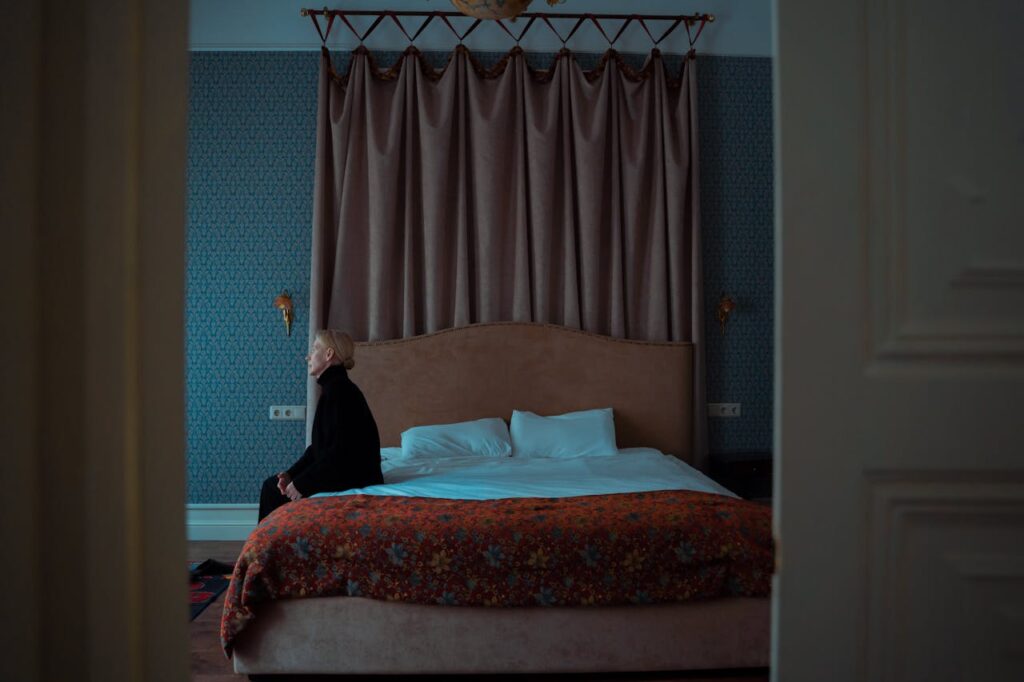
The Responsibilities of Owning Privacy Curtains
When a healthcare facility owns its privacy curtains, it assumes full responsibility for:
-
Purchasing and replacing inventory
-
Regular cleaning and laundering
-
Inventory tracking and storage
-
Scheduling curtain change-outs
-
Training and labor management
-
Handling damaged or missing curtains
-
Documenting cleaning cycles for audits
Each of these responsibilities carries direct and indirect costs that often go unaccounted for during budgeting.
Hidden Cost #1: Cleaning and Maintenance
Regular laundering is a must. Healthcare regulations recommend frequent curtain changes to prevent the spread of infections like MRSA, C. difficile, and VRE. But coordinating in-house cleaning can be inefficient and expensive.
Consider these factors:
-
Time spent by staff removing and rehanging curtains
-
Costs of commercial-grade laundering equipment or third-party laundry services
-
Downtime when curtains are unavailable
-
Risk of cross-contamination if soiled curtains remain in use too long
If change-outs are delayed or skipped due to staffing shortages or logistical challenges, infection control suffers—and regulatory compliance becomes a risk.
Hidden Cost #2: Labor and Logistics
Curtain changes are labor-intensive. For each patient discharge or contamination event, staff must remove the used curtain, retrieve a clean replacement, hang it correctly, and dispose of or prepare the used one for cleaning.
In facilities that own their curtains, this responsibility often falls to nursing, environmental services, or maintenance teams—pulling them away from higher-value tasks.
These tasks also require:
-
Time tracking
-
Cleaning coordination
-
Inventory logging
-
Training for correct procedures
Even if each curtain change takes only 10–15 minutes, multiply that by dozens or hundreds of rooms per week, and the time cost becomes clear.
Hidden Cost #3: Storage Space and Inventory Management
Owned curtains need to be stored somewhere—usually in valuable on-site space that could be used more productively. Facilities must stock extra curtains to cover change-outs, repairs, and emergencies, which requires space and ongoing inventory control.
This creates added costs in:
-
Climate-controlled storage
-
Shelving and organizational systems
-
Inventory tracking tools
-
Manual checks and reconciliations
Missed or misplaced inventory not only leads to delays but also exposes facilities to audit risks if curtain status isn’t clearly documented.
Hidden Cost #4: Replacement and Damage
Privacy curtains are subject to wear and tear. They get stained, torn, burned, or damaged from daily use. Depending on the curtain type and fabric, replacing a single unit can be costly.
Unplanned replacements eat into budgets, especially when procurement processes are slow or require approval cycles. Meanwhile, damaged curtains may remain in service longer than they should, which can create:
-
Patient dissatisfaction
-
Increased infection risk
-
Compliance violations
When curtains are rented, replacements are typically built into the service—eliminating this financial burden and response time delay.
Hidden Cost #5: Regulatory Compliance Risks
Healthcare regulations demand clear documentation of cleaning cycles, especially in high-risk areas like ICU, ER, and surgical suites. Failing to maintain curtain hygiene or provide proof during audits can result in:
-
Citations
-
Fines
-
Corrective action plans
-
Reputational damage
Facilities that manage curtain cleaning in-house often lack reliable tracking systems. Manual logs are susceptible to errors or omissions, making them unreliable during inspections.
One of the key benefits of privacy curtain rental programs is built-in compliance support through documentation, tracking, and automated cleaning schedules. You can read more about how rental services make infection control simpler and audit-ready in this detailed blog.
Rental vs. Ownership: A Clear Cost Advantage
While the upfront cost of buying privacy curtains may seem lower, the total cost of ownership (TCO) adds up quickly when you account for cleaning, labor, inventory, and replacements. In contrast, rental programs offer:
-
Predictable monthly costs
-
Scheduled service and cleaning
-
Damage and loss protection
-
Fully managed inventory
-
Audit-ready documentation
Rental services shift the burden from your internal teams to a specialized provider, improving consistency and reducing exposure to costly mistakes.
The Operational Benefits of Curtain Rental Services
Beyond cost savings, curtain rental programs offer strategic advantages that elevate facility performance and patient care. Here’s how:
1. Scheduled Service Improves Workflow
Rental programs come with pre-defined cleaning schedules, so curtain changes happen automatically and don’t require staff oversight. This ensures:
-
Consistent hygiene standards
-
Reduced staff burden
-
Fewer disruptions in patient turnover
2. Quick Replacements with No Budget Impact
When a curtain is damaged or soiled, it’s swapped out immediately without triggering a new expense or procurement delay. This is especially useful in high-traffic units where curtains must be replaced frequently.
3. Inventory Flexibility and Backup Supply
With a rental agreement, you always have more curtains on hand than you currently use. This 125% inventory flexibility ensures that no patient room ever has to wait for a clean replacement. To learn more about why this matters, especially in dynamic environments, see this article.
4. Reduced Capital Expenditure
Curtain rental requires no upfront capital, freeing up funds for more urgent facility improvements. Budgeting becomes easier, with predictable monthly rates and no surprise spending.
5. Compliance Confidence
Rental providers typically include digital tracking, automated cleaning logs, and service reports that help demonstrate regulatory adherence during inspections. These tools eliminate guesswork and prepare your facility for any compliance audit.
Who Benefits Most from Rental Programs?
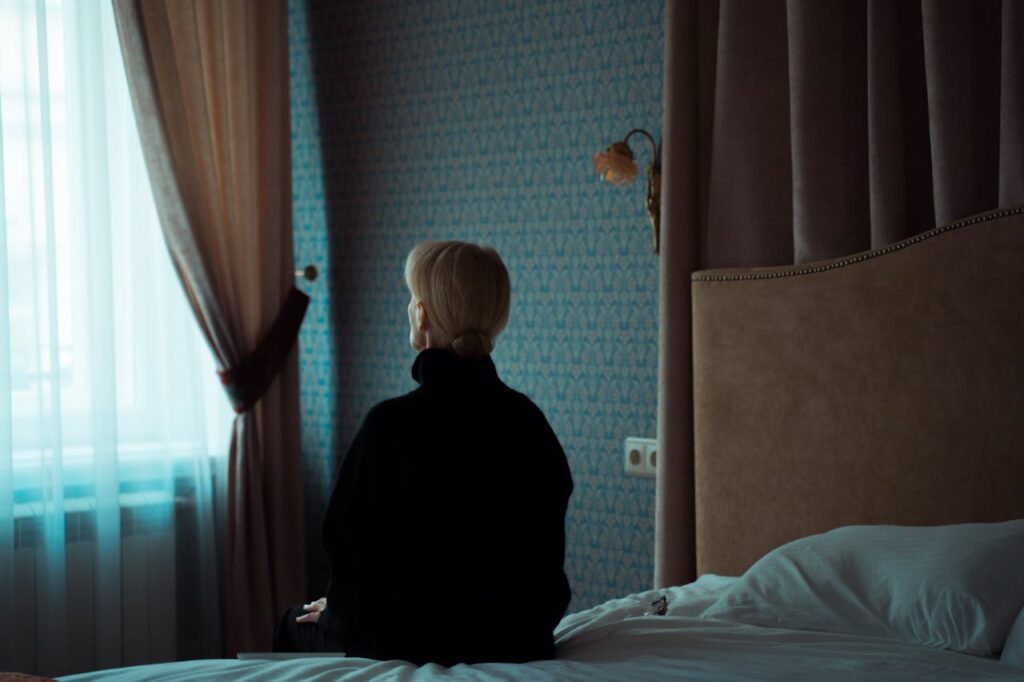
While rental curtain services are valuable in any clinical setting, they offer the greatest returns in:
-
Hospitals
-
Emergency departments
-
Surgical centers
-
Behavioral health facilities
-
Long-term care homes
-
Dental and outpatient clinics
These environments have frequent curtain changes and strict infection control expectations, making ownership models difficult to manage cost-effectively.
When Ownership May Still Be Appropriate
In some very small clinics or specialized practices where curtain usage is minimal, the cost and complexity of ownership may be manageable. However, even in these cases, the invisible workload of curtain maintenance often exceeds expectations.
Any facility experiencing:
-
High patient volume
-
Staff burnout
-
Compliance pressures
-
Limited storage
-
Budget unpredictability
…should seriously consider switching to a rental model.
Why HAIGuard™?
HAIGuard™ offers comprehensive curtain rental solutions tailored to healthcare facilities of all sizes. Our service includes:
-
Measurement and consultation
-
Professional installation
-
Scheduled cleaning and change-outs
-
Inventory tracking and management
-
Discharge curtain service
-
Compliance documentation
Whether you’re managing a single department or a multi-site network, HAIGuard™ helps ensure your privacy curtain program is hygienic, compliant, and stress-free.
Rent Smarter, Operate Cleaner
Healthcare facilities are under more pressure than ever to reduce costs, prevent infections, and maintain compliance—all while delivering exceptional patient care. The choice between owning or renting privacy curtains plays a surprisingly large role in how successfully you meet those goals.
Curtain ownership comes with a long list of hidden costs and risks, from labor and laundering to compliance and capital expenses. In contrast, rental programs offer simplicity, reliability, and peace of mind—all for a flat, predictable monthly fee.
In today’s fast-paced clinical environments, it’s no longer enough to do what’s always been done. Smarter operations start with smarter choices. And when it comes to privacy curtains, the smart choice is rental.




